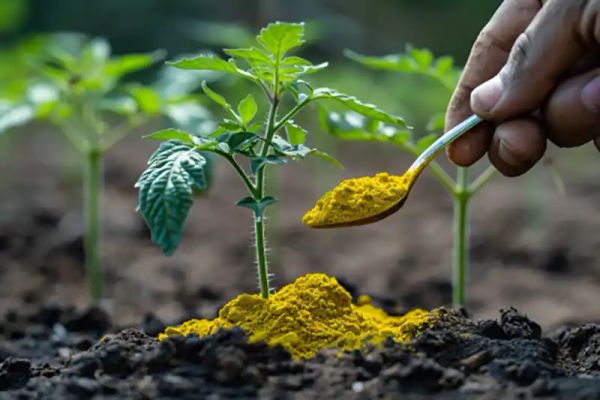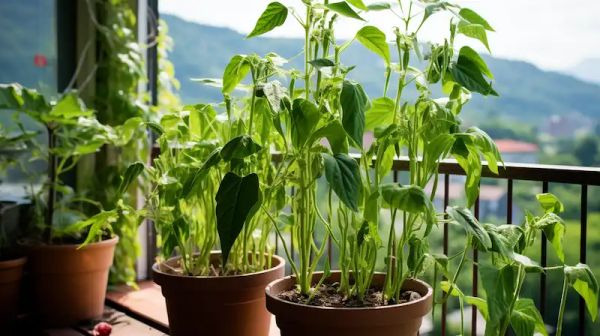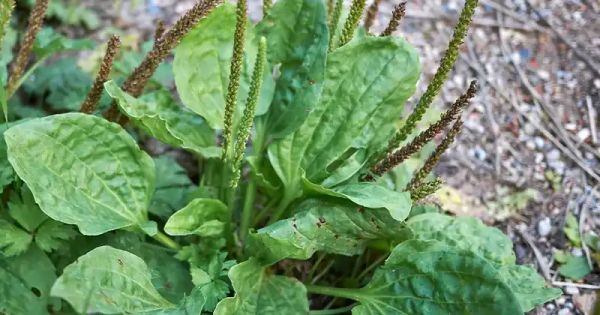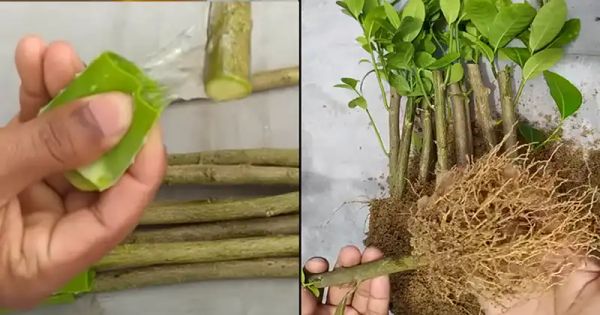Growing your own tomatoes can be a rewarding experience, but it can also be frustrating when your seedlings take a long time to grow. Luckily, there are simple and natural methods to speed up the growth of your tomato seedlings. In this article, we’ll explore effective techniques to nurture your seedlings and get them ready for transplanting to your garden.
The Importance of Light and Temperature
Light is crucial for the growth of tomato seedlings. These plants thrive under ample sunlight, which supports their development. If you live in a colder or cloudier climate with limited natural light, using grow lights can provide a significant boost. Additionally, maintaining an optimal temperature is vital. Tomato seedlings prefer temperatures between 65 to 75 degrees Fahrenheit. To achieve this, you can keep the plants in an unheated room or a greenhouse where they can receive plenty of light without getting too cold.
Creating a Mini-Greenhouse Effect
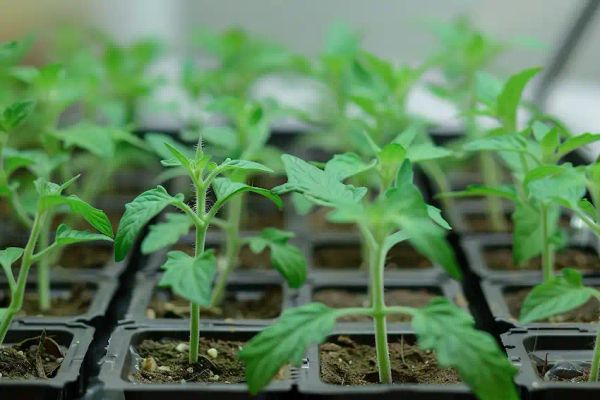
To create greenhouse-like conditions for your seedlings, you can use cut plastic bottles as mini-covers. This method not only protects the plants from cooler temperatures but also ensures they receive sufficient light. By cutting the plastic bottles to the right size and placing them over the seedlings, you create a microenvironment that retains heat and moisture. This accelerates growth and protects the plants from external stressors.
Natural Feeding Solutions: Yeast, Milk, and Sugar Mix
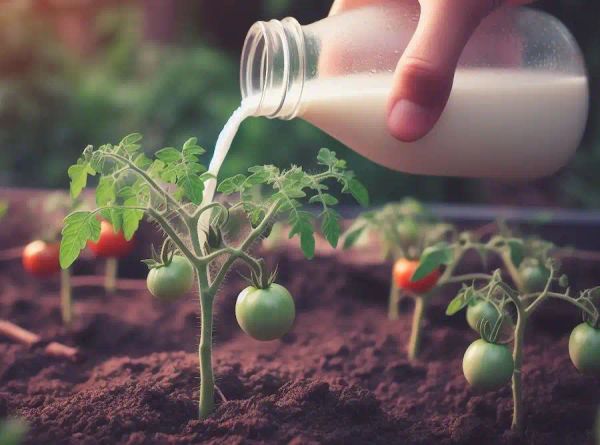
You can enhance the growth of your tomato seedlings naturally by using a unique feeding technique. A homemade nutrient mix consisting of yeast, milk, sugar, and water can provide significant benefits.
- Yeast: Apart from being essential in baking, yeast is an excellent natural growth stimulator for plants. It enhances their overall health and vigor.
- Milk: Milk not only provides nutrients but also helps prevent certain plant diseases. Its fungicidal properties keep common pathogens at bay.
- Sugar: Sugar serves as an energy source for plants and helps deter pests.
To prepare this solution, dissolve 10 grams of dry yeast and one tablespoon of sugar in 100 ml of milk. Once the sugar and yeast are fully dissolved, add this mixture to one liter of water. Use this nutrient-rich solution to water the seedlings just once before their final planting outside. It acts as a natural booster, strengthening the seedlings’ immunity and promoting faster growth.
When to Transplant
Before moving your seedlings outdoors permanently, it’s crucial to ensure they have reached a suitable height and strength. The protective measures and feeding techniques discussed earlier will help your tomato plants become robust enough to handle the transition. Generally, seedlings should be about 6-8 inches tall and have several sets of true leaves before transplanting.
Final Tips for Gardeners
Always acclimate your seedlings before moving them permanently outdoors. This process, known as hardening off, involves gradually exposing the plants to outdoor conditions to reduce transplant shock. Start by placing them outside in a sheltered area for a few hours each day, gradually increasing their time outdoors over a week.
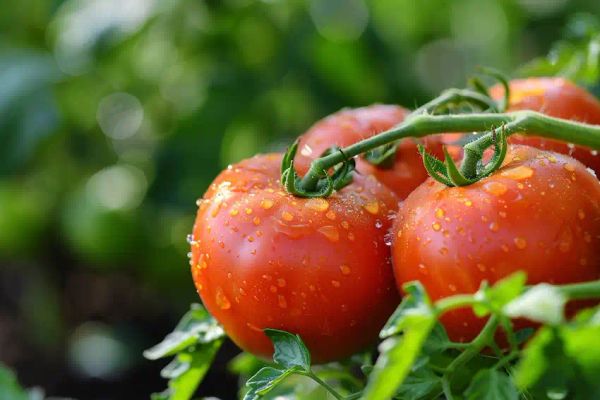
By implementing these methods, you not only nurture healthier tomato seedlings but also enhance your gardening experience. The satisfaction of growing your plants from seed to fruit is unparalleled. Whether you’re an experienced gardener or a novice, these tips will help you grow robust tomato plants ready for a fruitful season. Share your experiences and additional tips in the comments below. Happy gardening!

